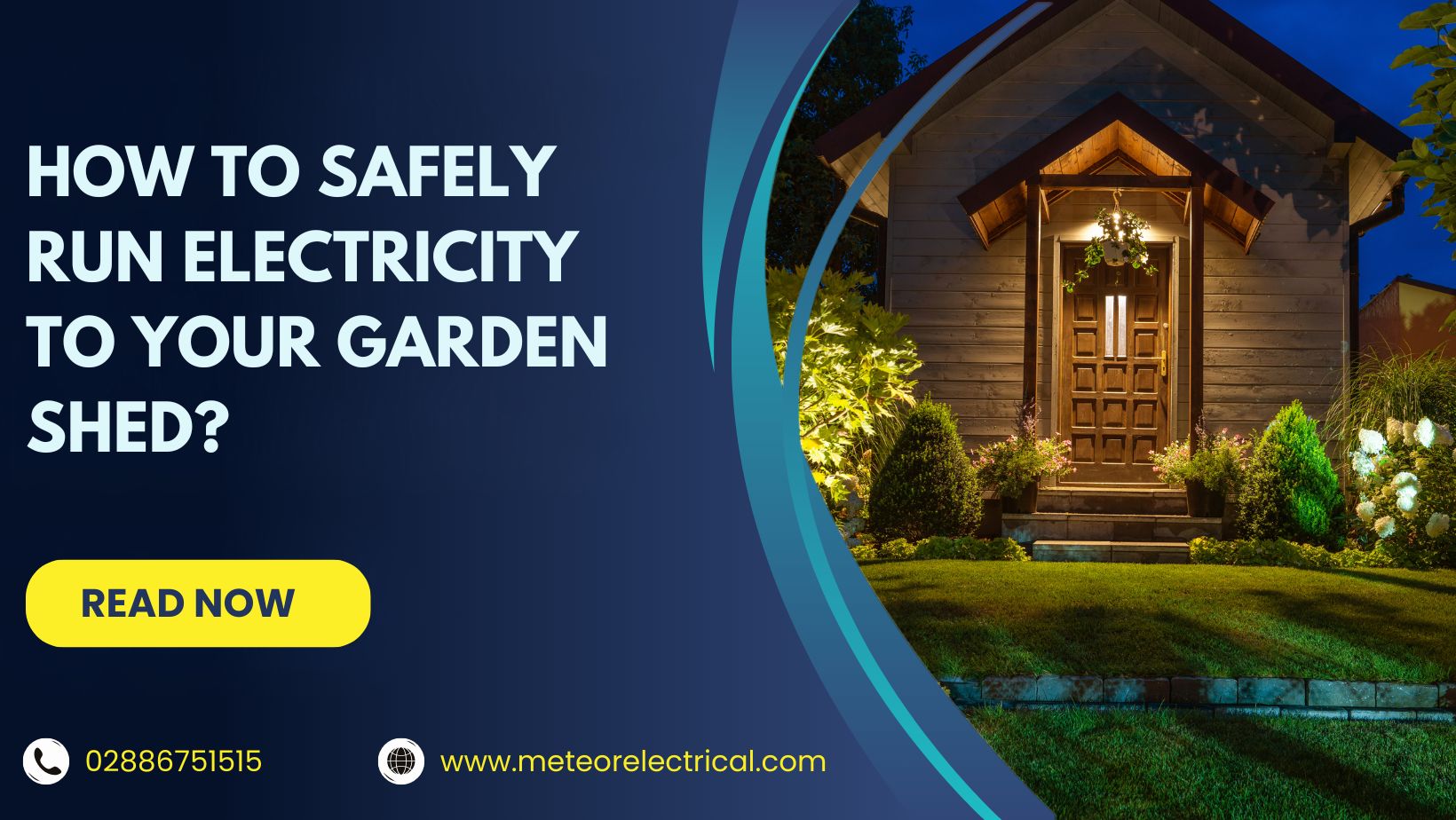How to Run Electricity to a Garden Shed: 10 Expert Tips for a Safe Outdoor Power Setup
How to Run Electricity to a Garden Shed: 10 Expert Tips for a Safe Outdoor Power Setup
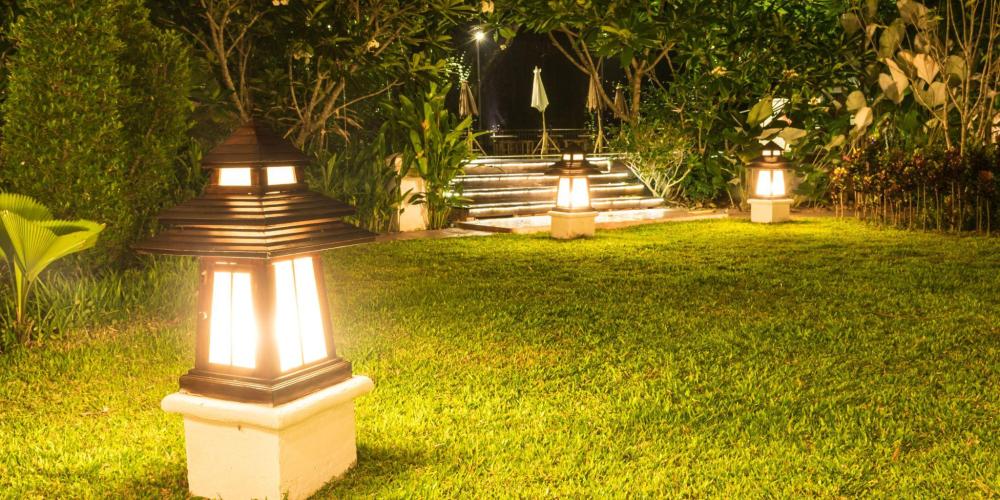
Today’s sheds are no longer just for tools and lawnmowers. Across the UK and Ireland, homeowners are turning garden sheds into functional, powered spaces — from ‘shoffices’ (shed offices) and fitness zones to studios and pubs. But powering up your shed the right way means more than running a basic extension cord through the garden.
To do it safely and legally, you’ll need to understand electrical regulations, cable types, trenching standards, and installation options. In this guide, Meteor Electrical offers 10 expert tips to help you safely and efficiently bring electricity to your shed — whether it's a workspace or a relaxing hideaway.
Important: Always consult a qualified electrician before starting. As per Electrical Safety First and the IET, even small DIY electrical work carries risk if not performed correctly.
1. Safety First: Always Involve a Qualified Electrician

Installing electricity outdoors involves more hazards than indoor setups — including exposure to moisture, soil movement, and poor ventilation. That’s why it’s vital to involve a certified electrician.
An electrician will:
- Calculate power loads
- Plan safe routing
- Select compliant materials
- Ensure adherence to Part P of the Building Regulations
Not only does this reduce your risk of injury or fire, but it ensures your shed passes inspection and functions reliably long-term.
2. Plan Your Layout Based on Power Needs
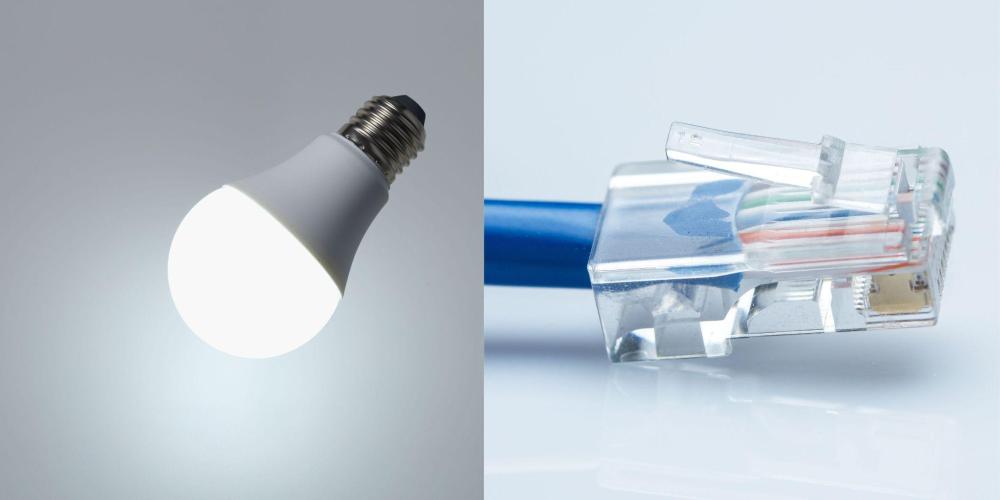
Think through how your shed will be used:
- Will it house a treadmill or printer?
- Will you need data trunking, LED strip lighting, or Ethernet ports?
Create a floor plan showing socket placements and lighting points. Share this with your electrician, who will map the wiring and help ensure everything is correctly fused and grounded.
A well-thought-out plan also prevents costly revisions down the line.
Pro Tip: If you’re building a garden office, consider installing 3-compartment dado trunking to safely separate power, data, and communication cables.
3. Choose Between Overhead vs. Underground Power Routing
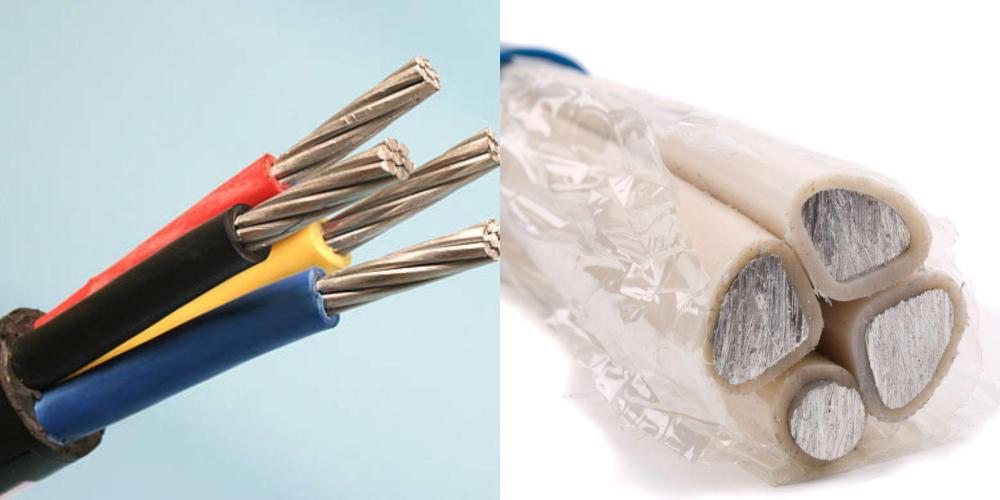
You have two main options:
Option 1: Overhead Wiring
- Faster install and less digging
- Requires steel wire armoured cable (SWA)
- Susceptible to wind and damage from branches
- Must be securely tensioned and weather-sealed
Option 2: Underground Wiring (Recommended)
- Long-term safety and durability
- Bury SWA cable at a depth of 450–600mm
- Use protective conduit to shield cables
- Must comply with UK cable burial standards
Speak with your electrician to determine the safest and most cost-effective option for your terrain and shed location.
4. Pick the Right Outdoor Electrical Cable
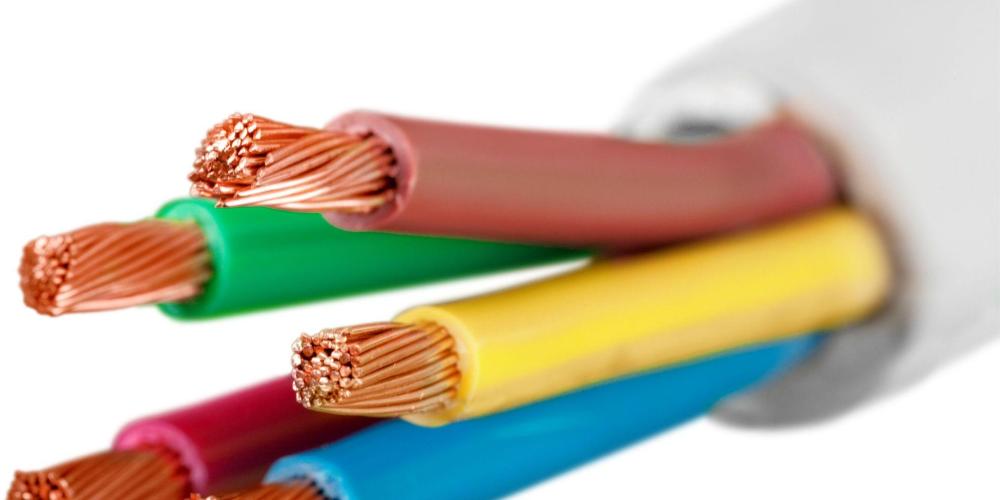
For outdoor use, SWA cable is the gold standard. It’s protected with galvanized steel wire, a PVC sheath, and internal insulation.
Why SWA Cable?
- Highly durable and weather-resistant
- Meets UK regulations for outdoor electrical installations
- Can be used overhead or underground
For wetter areas, choose waterproof-rated SWA cable. You can also extend lifespan by using outdoor cable conduits and sealed junction boxes.
Check out Meteor Electrical’s full range of SWA cables and accessories.
5. Extend Wi-Fi to Your Shed: Best Options

If you’re setting up a smart shed or remote garden workspace, you'll need fast and reliable internet.
Option A: Wi-Fi Booster
- Plug-and-play setup
- Ideal for light use (browsing, smart lighting)
- May lag with streaming or video calls
Option B: Armoured Ethernet Cable
- Most stable, high-speed connection
- Best for streaming, smart speakers, and gaming
- Requires trenching and PVC conduit protection
For optimal results, test signal strength and consider upgrading to a mesh Wi-Fi system if your home router is too far away.
6. Choose the Right Shed Lighting Setup

Lighting affects not just aesthetics but productivity and safety. Consider how your shed is used — then tailor lighting to match.
- Long lifespan
- Energy efficient
- Available as panels, strips, or motion-activated lights
- Ideal for workshops, studios, and reading nooks
Choose warm white (2700K) for comfort, or daylight bulbs (5000K) for task-focused areas.
Security Lighting
For sheds storing expensive equipment:
- Install motion-sensor floodlights
- Use dusk-to-dawn LEDs for automatic illumination
- Ensure all fixtures have IP65 or higher waterproof ratings
See Energy Saving Trust for guidance on energy-efficient lighting.
7. Understand the Legal Requirements
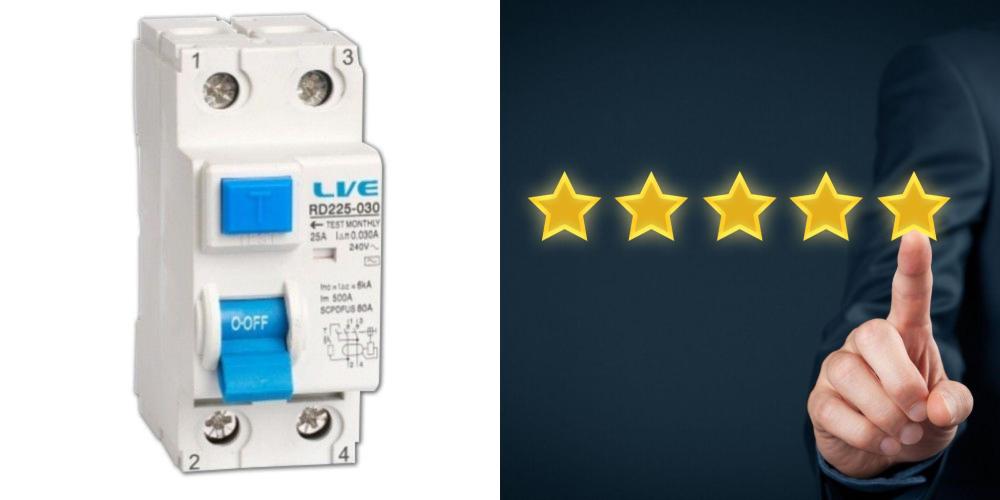
All outdoor wiring work must comply with UK Building Regulations, especially Part P.
Key points:
- Use IP-rated fixtures for damp environments
- Install an RCD (Residual Current Device) for fault protection
- Underground cables must be buried ≥600mm deep and covered with marker tape
- Work must be either certified or signed off by local Building Control
Your electrician can file the correct notification on your behalf, ensuring all installations are legal and insurable.
8. Digging a Safe Trench: Your Step-by-Step
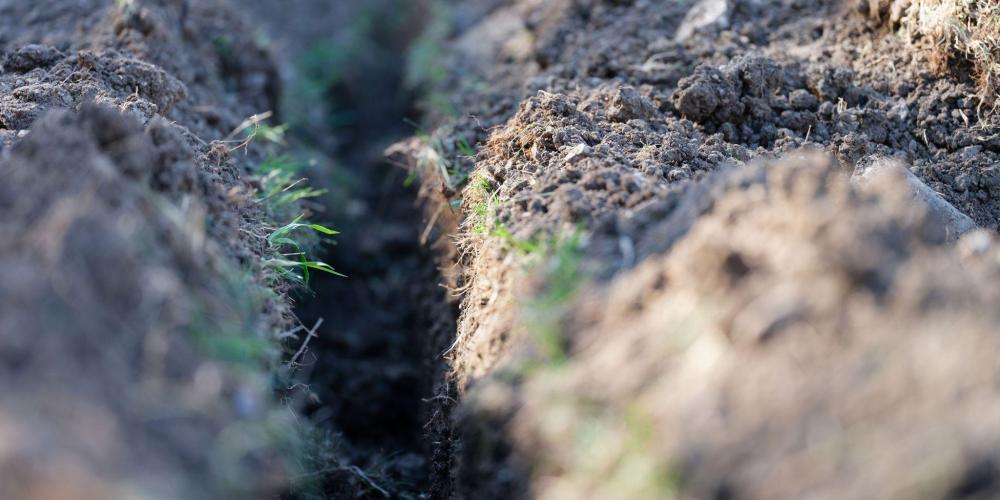
This is one DIY task you can handle if you're comfortable digging.
Steps:
- Mark the route clearly before digging
- Dig a trench at least 600mm deep
- Lay protective conduit or SWAs with warning tape
- Backfill with soft sand first, then soil or concrete
Avoid trenching in heavy rain, and call Before You Dig services if you're unsure about existing underground utilities.
9. Install an RCD: Non-Negotiable for Safety
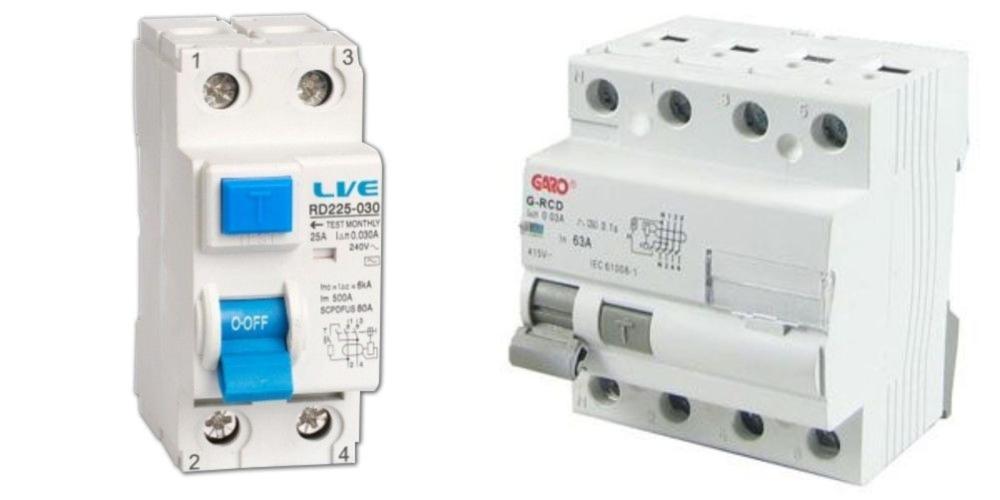
An RCD (Residual Current Device) instantly shuts off power in case of:
- Moisture intrusion
- Cable damage
- Faulty connections
Why it matters:
- Prevents shocks and fire risks
- Mandatory for shed circuits under UK regulations
- Can be installed at the consumer unit or in-line
At Meteor Electrical, we stock weatherproof RCD sockets and consumer units rated for outdoor use.
10. Never Cut Corners with Outdoor Electrics
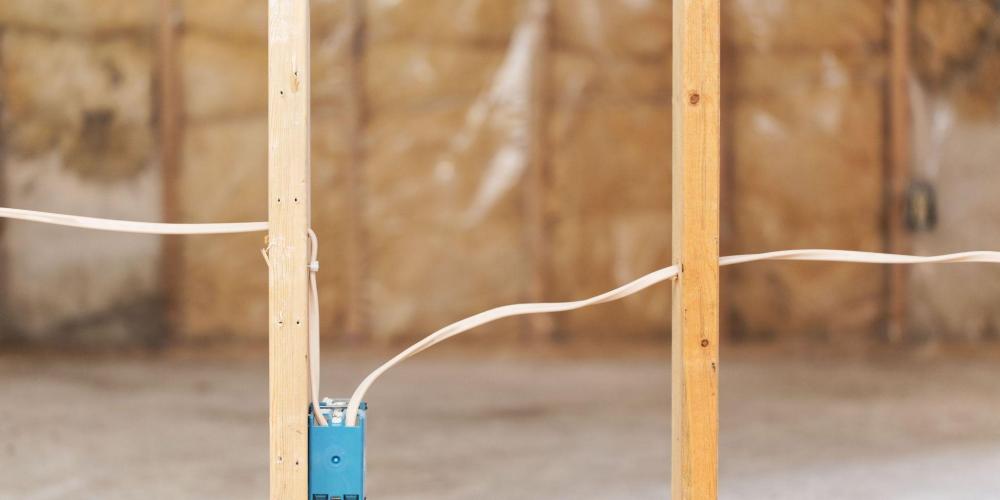
While it might be tempting to use an extension cord for quick power, this creates serious risks over time:
- Fire hazards from overloads
- Moisture damage from non-IP rated fittings
- Failed inspections
Instead, invest in:
- BSI-approved cables
- Proper IP-rated lighting and sockets
- Sealed trunking and conduits to protect exposed runs
Credit: Andrew Thron Improvements
Conclusion: Build Your Dream Shed, the Right Way
A shed can be so much more than a storage unit — it can be an extension of your lifestyle. But bringing electricity into your outdoor space requires careful planning, the right materials, and compliance with safety standards.
At Meteor Electrical, we’re here to help you power your shed safely and professionally. We stock:
- BSI-certified SWA cables and accessories
- Weatherproof sockets and IP-rated lights
- Trunking, conduit, and RCD protection systems
- Smart Wi-Fi and Ethernet solutions for outdoor use
Whether you're converting a shed into a home gym or a fully connected office, we've got the tools and guidance to make your project safe, stylish, and regulation-ready.
Visit MeteorElectrical.com to shop our full range of shed wiring essentials — or reach out for personalised technical support.
FAQs:
1. Do I need planning permission to install electricity in my garden shed?
No, planning permission is usually not required. However, any electrical work must comply with UK Building Regulations Part P. To stay compliant, hire a qualified electrician to carry out or certify the work. You may also need to notify your local building control authority depending on the project scope.
2. What is the correct cable size for powering a shed with electricity?
The right cable size for shed wiring depends on two factors: the total electrical load and the distance from your main consumer unit. Most domestic garden sheds use 2.5mm² or 4mm² SWA (Steel Wire Armoured) cable. For accurate sizing, always consult an electrician who can calculate voltage drop and safety requirements.
3. Can I use indoor sockets and lighting fixtures in an outdoor shed?
No. When wiring a shed or outbuilding, you must use IP-rated, weatherproof electrical components. This includes sockets, switches, and outdoor lighting fixtures that are certified for external or damp environments. Using indoor fittings in sheds increases the risk of moisture damage, short circuits, or fire.
4. How deep should underground electrical cables be for a shed?
According to UK regulations, underground electrical cables for garden sheds must be buried at a minimum depth of 600mm. The cable should also be enclosed in conduit and protected with warning tape laid above it. This helps prevent accidental damage during future digging and ensures compliance with BS 7671 wiring standards.
5. What is the best way to get Wi-Fi in a garden shed or outdoor office?
To get reliable Wi-Fi in a garden shed, you have two main options:
- Use a Wi-Fi booster or extender if your shed is near the house.
- For stronger signal and speed, run an armoured Ethernet cable through a protective conduit. This is ideal for streaming, video calls, or setting up a smart garden office.

